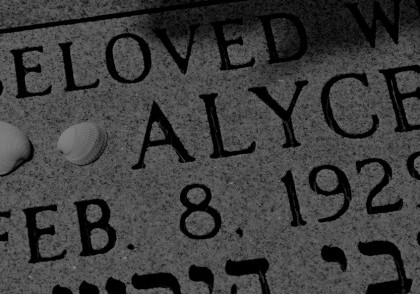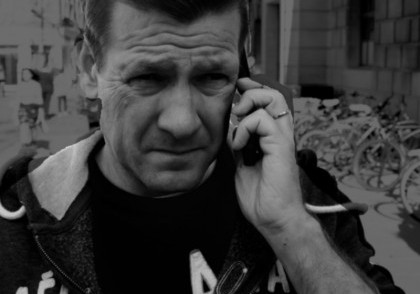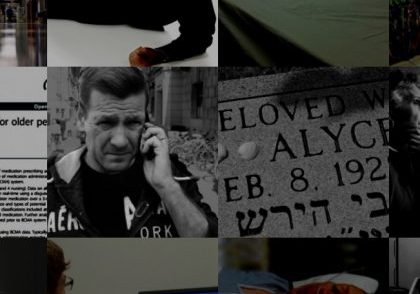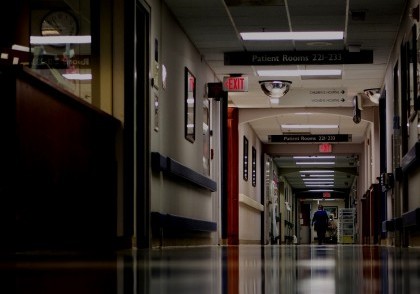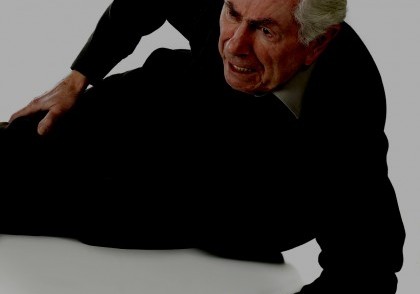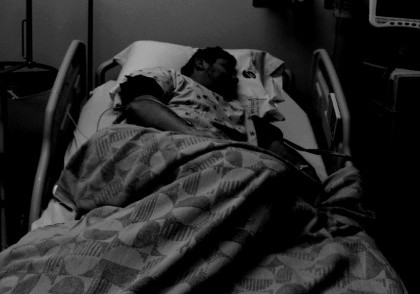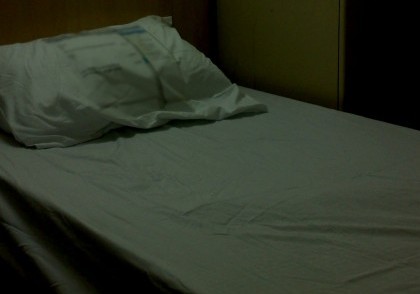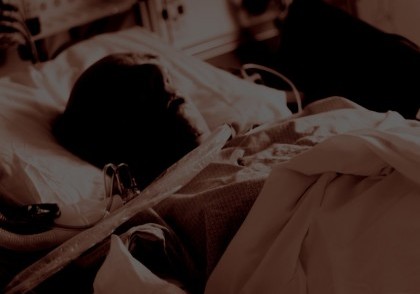Elder abuse occurs all too frequently in nursing homes. According to the CDC, elder abuse is “[a]n intentional act or failure to act by a caregiver or another person in a relationship involving an expectation of trust that causes or creates a risk of harm to an older adult." About 10% of the elders have been subject to some form of abuse including physical abuse. Physical abuse is the “"[t]he intentional use of physical force that results in acute or chronic illness, bodily injury, physical pain, functional impairment, distress, or death." This type of abuse can include things like beating, scratching, kicking, and burning.
If your loved has been the victim of physical abuse while at a nursing home you may decide to hold the responsible individuals and institution for the pain your loved one endured. For a physical abuse claim, you may decide to bring criminal charges. In addition, you may decide to file a civil lawsuit. This page will give you a quick overview of the legal process as well as discuss what types of compensation your loved one may recover.
If a loved one has suffered abuse, he or she may be entitled to compensation for the harm suffered. This compensation could be for tangible losses, such as medical bills incurred after an injury caused by abuse, or for intangible losses, such as the emotional pain and suffering a nursing home resident endured as a result of victimization and for violations of the resident's rights.
Nursing Home Physical Abuse Lawsuits
In order to initiate a lawsuit, the plaintiff –the individual who is bringing the claim or a person bringing a claim on the behalf of an individual – must file a complaint. This is the first step in initiating a civil claim, and sets forth the grounds upon which the claim is being made. The defendant or defendants are then served on with the complaint and will have an opportunity to respond to the allegations by filing an Answer, which will address the merits of the case, or a Motion to Dismiss. If the defendant takes this course of action, then the plaintiff will have an opportunity to file a response to the motion and a judge will decide whether or not the case will proceed forward at a hearing. If the case is not dismissed, the defendant will then file an Answer.
Discovery Phase
During the discovery phase, both sides to a claim submit and review evidence supporting or denying the claim. Types of evidence in a case of physical abuse can include things such as x-rays, physician reports, photographs of injuries, and photographs of nursing home premises. These are merely examples; discovery materials can be incredibly complex and can consist of depositions, document requests, and obtaining physical objects.
Trial
In general, civil trials follow a similar format. The plaintiff makes his or her case first to the trier of fact by presenting the relevant evidence that he or she has found during discovery and questioning various witnesses about the pertinent information that they know. The plaintiff will try to show, by a preponderance of the evidence, that the defendant should be held liable for the injuries that the plaintiff suffered as a result of the defendant’s negligent or intentional actions. After the plaintiff rests, the defendant then has the opportunity to make his or her case. The defendant presents the evidence that he or she has collected and questions witnesses that support his or her position. Once both sides have made their case, each party has the chance to make a closing argument. The case is then handed over to the trier of fact, which could be a judge or a jury. The trier of fact then deliberates and renders a verdict. If it is decided that the defendant should be held liable, the appropriate amount of damages will be awarded to the plaintiff.
Nursing Home Abuse Settlements
Many civil cases are not decided at trial by a judge or jury. Rather, a majority of civil cases are resolved by a settlement agreement. An agreement may be reached through discussions between the parties. These discussions can occur throughout the litigation process, continuing even after the trial has started. Parties may choose to negotiate on their own or seek assistance in mediation. Mediation is "[a] method of non-binding dispute resolution involving a neutral third party who tries to help the disputing parties reach a mutually agreeable solution." Id. at 1070.
Mediation can be a viable alternative for nursing home abuse cases, because it can facilitate a swifter resolution than pursuing a full civil trial. In addition, the elderly victim does not have to suffer through a full trial, which could require testimony about events that were traumatic or painful. In addition, mediation is completely confidential (trials become a matter of public record) which means that potentially embarrassing details would not be shared with the public.
Time Limitations
It is important to be aware that the law places a time limit on certain types of claims. This limit is called the statute of limitations. If a lawsuit is not filed within the applicable time frame, then the injured party may be barred from recovering damages. The length of time that an individual has depends on the claim at issue. For a personal injury claim in New York, you generally have three years to file a law suit due to negligence. N.Y. C.P.L.R. Sec 214(5). However, the time limit for filing an assault and battery claim is more limited. These claims must be brought within one year. N.Y. C.P.L.R. Sec 215(3).
Nursing Home Abuse Attorneys
If your loved one been the victim of physical abuse, please contact the law firm of Dalli & Marino today. Our experienced and knowledgeable attorneys are dedicated to helping those who haven’t been treated properly in a nursing home or other care facility. Call our office today at (888) 465-8790 to discuss your case, or click here to fill out our online form.
Case Study – [MC]
“But for that dosing error… Mom would still be with us.” DATELINE…
Case Study: Wrongful Death
Nursing Home Abuse: Case Study 19: Wrongful Death in a Nursing Home
Case Study: Nursing Home Abuse — From a Distance
You can’t be there every minute. But what of the warning signs for nursing home abuse?
Cases of Nursing Home Abuse
Review our portfolio of case studies covering numerous aspects of nursing home abuse: falls, bedsores, over-medication, neglect.
Case Study: Where is Everyone?
Nursing Home Abuse Case Study: Understaffing or neglect in a nursing home can cause severe loneliness, depression, loss of appetite or ignore health warning signs.
Case Study: Nursing Home Falls
Nursing Home Abuse: Despite best practices intended to reduce the incidence of falls, they remain a common cause for nursing home injuries.
Case Study: It Starts with Bruising
Nursing Home Abuse: Bedsores caused by neglect
Case Study: Nursing Home Bedsore
Nursing Home Abuse: Bedsores can lead to fatal complications, including organ failure and even cancer.
Case Study: I Never See A Doctor When I Request One
Nursing Home Abuse Case Study: Patients fail to receive prompt attention from nursing home physicians.
Case Study: Medication Error
Nursing Home Abuse Case Study: A medication error leads to dangerous health complications or death.
